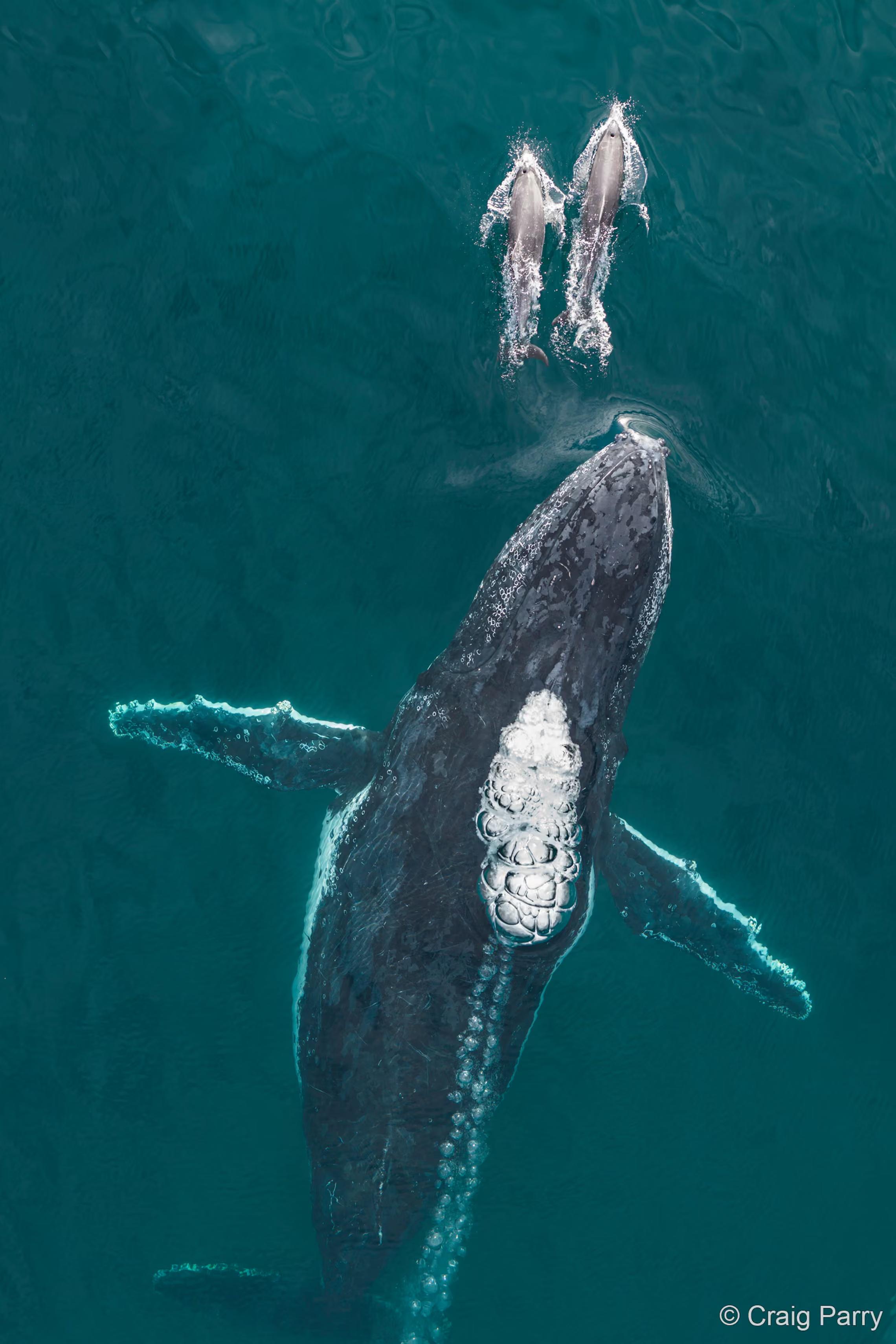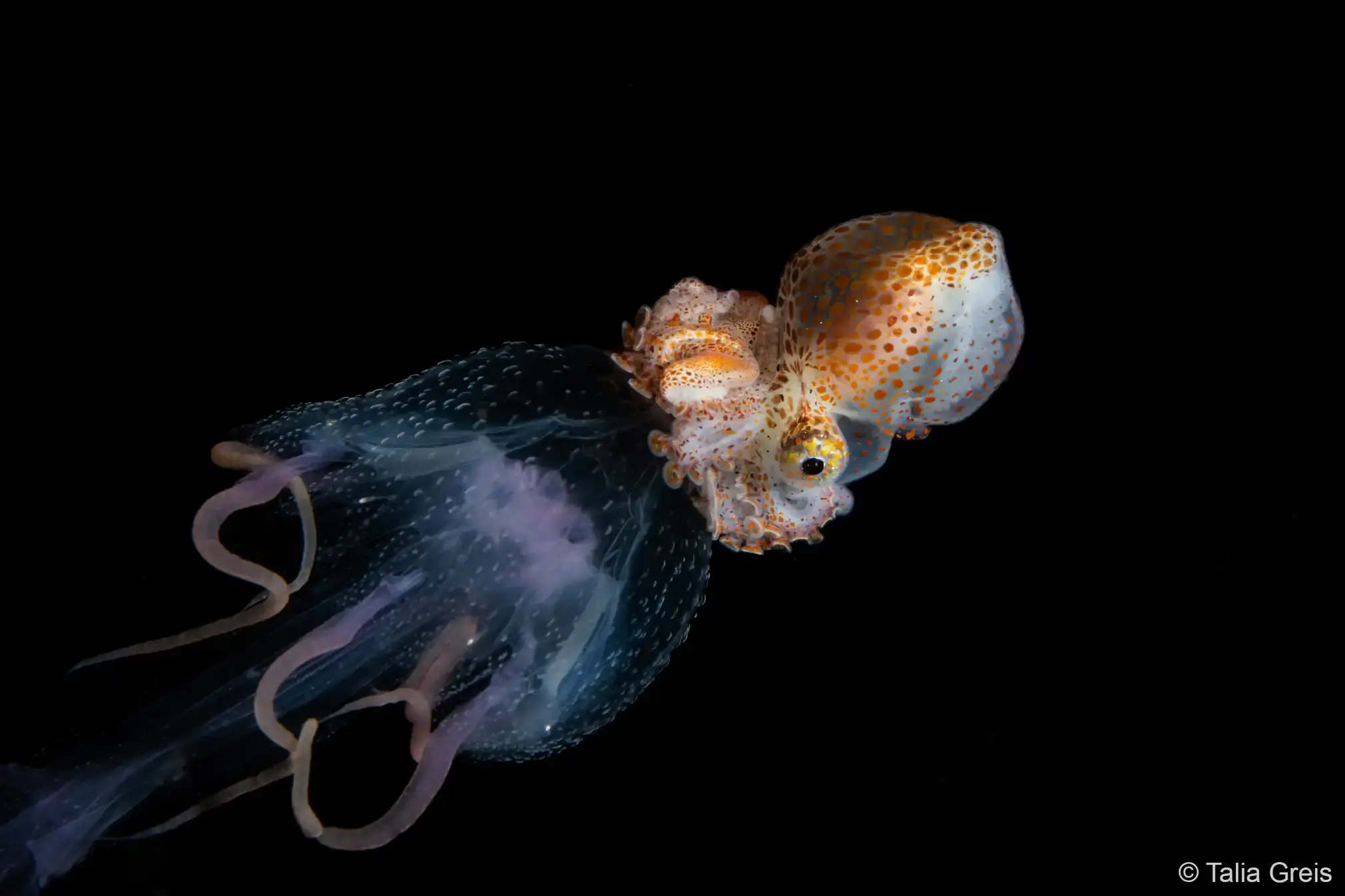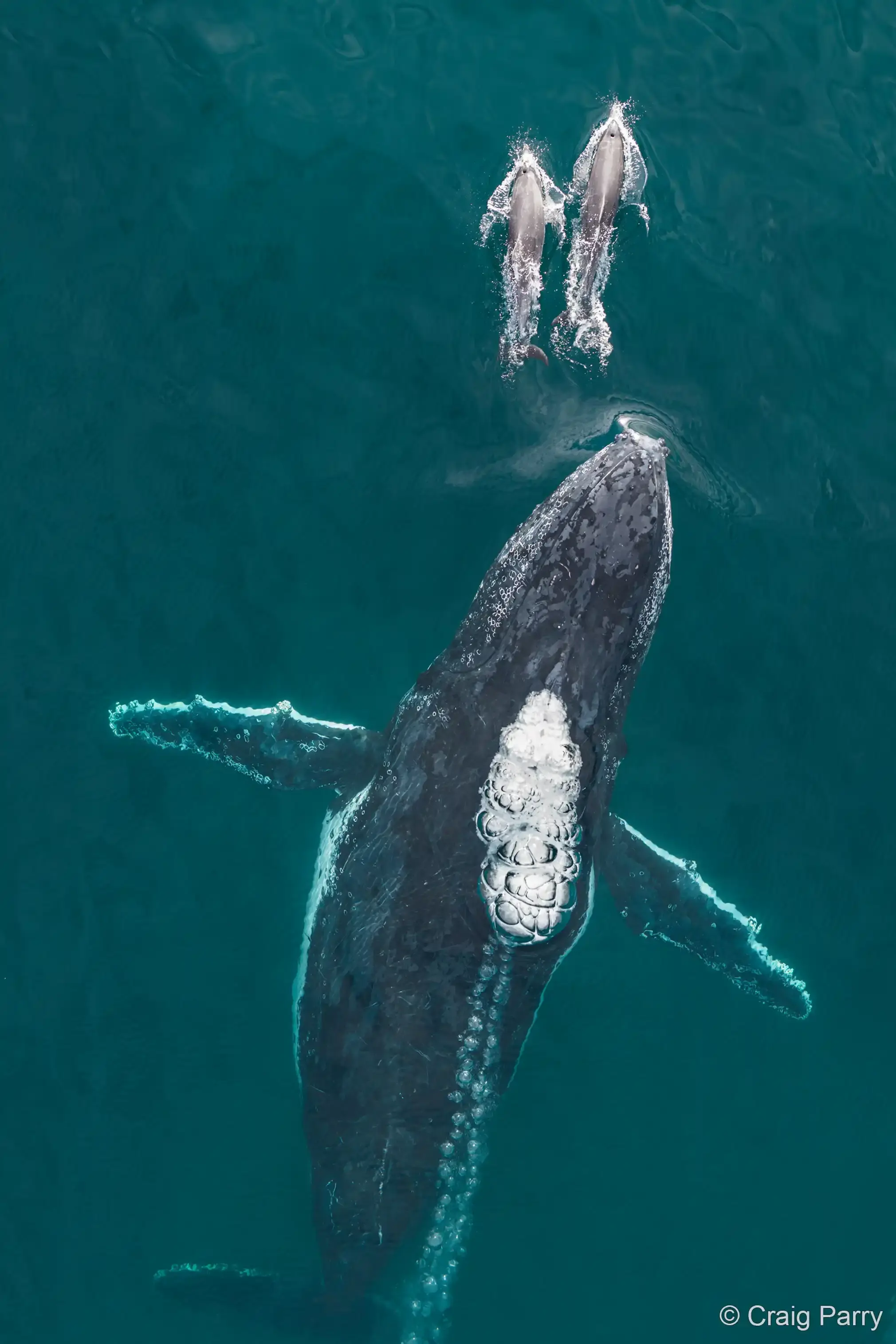Orcas and dolphins form a tactical hunting alliance in the Pacific Northwest – research finds. New underwater footage suggests that Pacific white-sided dolphins help resident killer whales locate and catch Chinook salmon — looking instead for protection against mammal-hunting Bigg’s killer whales.
https://www.news-cafe.eu/?go=news&n=13789
#biology #orcas #dolphins #environment #oceans
Orcas and dolphins form a tactical hunting alliance in the Pacific Northwest – research finds. New underwater footage suggests that Pacific white-sided dolphins help resident killer whales locate and catch Chinook salmon — looking instead for protection against mammal-hunting Bigg’s killer whales.
https://www.news-cafe.eu/?go=news&n=13789
#biology #orcas #dolphins #environment #oceans
Killer Whales Find an ‘Unlikely Friend’ in Dolphins
Off the coast of British Columbia, dolphins lead killer whales to salmon and earn their share of lunch, a new study reveals.
#wildlife #nature #KillerWhales #orca #dolphins #study #science #BritishColumbia #Canada
Endearing and sweet-faced Irrawaddy #Dolphins face serious threats from #palmoil #pollution, fishing bycatch, tourism in S.E #Asia. Fight for them and be #vegan, #BoycottPalmOil #Boycott4Wildlife 💙🐬 @palmoildetect https://wp.me/pcFhgU-8Pk?utm_source=mastodon&utm_medium=Palm+Oil+Detectives&utm_campaign=publer
When your company is more than enough :)
#pizza #MastoArt #Krita #seaAnimals #sharks #dolphins #seaOtters
When your company is more than enough :)
#pizza #MastoArt #Krita #seaAnimals #sharks #dolphins #seaOtters
Killer Whales Find an ‘Unlikely Friend’ in Dolphins
Off the coast of British Columbia, dolphins lead killer whales to salmon and earn their share of lunch, a new study reveals.
#wildlife #nature #KillerWhales #orca #dolphins #study #science #BritishColumbia #Canada
Endearing and sweet-faced Irrawaddy #Dolphins face serious threats from #palmoil #pollution, fishing bycatch, tourism in S.E #Asia. Fight for them and be #vegan, #BoycottPalmOil #Boycott4Wildlife 💙🐬 @palmoildetect https://wp.me/pcFhgU-8Pk?utm_source=mastodon&utm_medium=Palm+Oil+Detectives&utm_campaign=publer
Finalist – aerial: The Chase
‘I’m fascinated by interspecies interactions. I question: is it just social interaction or are these encounters driven by deeper connections, communication, or even cooperation? These two bottlenose dolphins were riding the humpback’s wake then swimming to its eye and pausing. It was like a reunion of old friends in a fleeting moment.’ Nyangbul country, Lennox Head, New South Wales.
Photograph: Craig Parry
Finalist – aerial: The Chase
‘I’m fascinated by interspecies interactions. I question: is it just social interaction or are these encounters driven by deeper connections, communication, or even cooperation? These two bottlenose dolphins were riding the humpback’s wake then swimming to its eye and pausing. It was like a reunion of old friends in a fleeting moment.’ Nyangbul country, Lennox Head, New South Wales.
Photograph: Craig Parry
Incredible, first-of-their-kind images show an orca being born in Norway https://www.livescience.com/animals/orcas/incredible-first-of-their-kind-images-show-an-orca-being-born-in-norway-and-the-rest-of-its-pod-forming-a-protective-circle 🐬 #Cetaceans #MarineMammals #MarineLife #MarineBiology #Dolphins #Whales #Science #Orca
Incredible, first-of-their-kind images show an orca being born in Norway https://www.livescience.com/animals/orcas/incredible-first-of-their-kind-images-show-an-orca-being-born-in-norway-and-the-rest-of-its-pod-forming-a-protective-circle 🐬 #Cetaceans #MarineMammals #MarineLife #MarineBiology #Dolphins #Whales #Science #Orca
Newest J-Pod orca calf missing, presumed dead https://www.timescolonist.com/local-news/newest-j-pod-orca-calf-missing-presumed-dead-11431652 🐬 #Cetaceans #MarineMammals #MarineLife #MarineBiology #Dolphins #Whales #Science #Orca
Newest J-Pod orca calf missing, presumed dead https://www.timescolonist.com/local-news/newest-j-pod-orca-calf-missing-presumed-dead-11431652 🐬 #Cetaceans #MarineMammals #MarineLife #MarineBiology #Dolphins #Whales #Science #Orca
I blew the cobwebs away with a walk on the coast path today. As I sat down on the clifftop to eat my lunch, a dolphin leapt out of the water below…then another and another. I was treated to almost an hour of free dolphin watching. I settled down with my bins and a sausage roll and enjoyed the show. A truly special encounter. I even managed to film a fair bit on my camera. Here’s a short snippet.
I blew the cobwebs away with a walk on the coast path today. As I sat down on the clifftop to eat my lunch, a dolphin leapt out of the water below…then another and another. I was treated to almost an hour of free dolphin watching. I settled down with my bins and a sausage roll and enjoyed the show. A truly special encounter. I even managed to film a fair bit on my camera. Here’s a short snippet.
Winner – macro: Liftoff
‘Vertical migrations are some of the most remarkable in the world. Billions of animals hide in deep waters and then travel to the surface at night to feed under the cover of darkness. This paper nautilus hitched a ride on a passing jellyfish – a truly unique and magical encounter on one of the world’s greatest vertical currents.’ Lembeh Strait, North Sulawesi, Indonesia.
Photograph: Talia Greis
Finalist – aerial: The Chase
‘I’m fascinated by interspecies interactions. I question: is it just social interaction or are these encounters driven by deeper connections, communication, or even cooperation? These two bottlenose dolphins were riding the humpback’s wake then swimming to its eye and pausing. It was like a reunion of old friends in a fleeting moment.’ Nyangbul country, Lennox Head, New South Wales.
Photograph: Craig Parry






